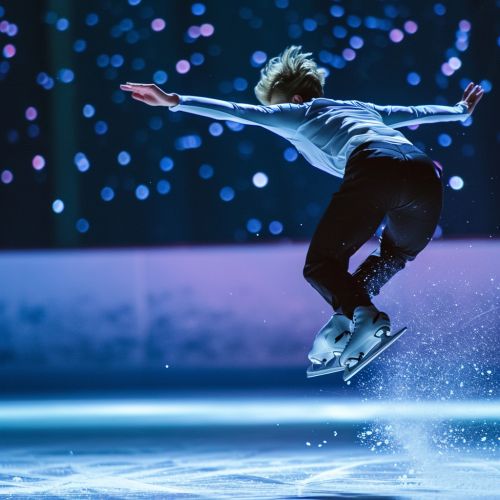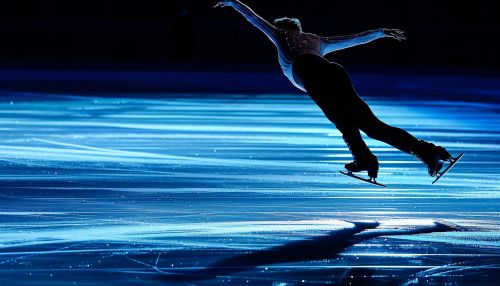World Figure Skating Championships
History
The World Figure Skating Championships is an annual event that has been organized by the International Skating Union (ISU) since 1896. The competition is one of the most prestigious in the sport, attracting top skaters from around the globe. The event has evolved significantly over the years, with changes in rules, scoring systems, and event formats reflecting the development of the sport.
In the early years of the World Championships, only men were allowed to compete, and the competition was primarily focused on figure skating elements, rather than the combination of jumps, spins, and choreography that characterizes the sport today. The first women's event was held in 1906, and the first pairs event in 1908. The ice dance competition was added much later, in 1952.


Competition Format
The World Figure Skating Championships consist of four main events: men's singles, women's singles, pairs, and ice dance. Each event is divided into two segments: the short program and the free skate. The short program combines a set of required elements with the skater's choice of music and choreography. The free skate, also known as the long program, allows skaters more freedom in their choice of elements and choreography, but also requires a higher level of endurance.
In addition to these individual events, there is also a team event, introduced in 2013, where countries compete as a team, with performances in all four disciplines contributing to the team's overall score.
Scoring
The scoring system for figure skating has undergone significant changes over the years. The current system, known as the International Judging System (IJS), was introduced in 2004 in response to a judging scandal at the 2002 Winter Olympics. The IJS uses a points-based system, where each element performed by the skater is assigned a base value, and then awarded additional points or deductions based on the quality of execution.
Notable Champions
Over the years, the World Figure Skating Championships have been dominated by skaters from a few key countries, including Russia, the United States, Canada, and Japan. Some of the most successful skaters in the history of the Championships include Sonja Henie of Norway, who won ten consecutive women's titles from 1927 to 1936, and Irma Szabo of Hungary, the youngest ever champion, who won the women's title in 1928 at the age of 11.
Impact and Significance
The World Figure Skating Championships play a significant role in the sport of figure skating, influencing the development of the sport and providing a platform for skaters to showcase their skills on a global stage. The results of the Championships often have implications for other major competitions, such as the Winter Olympic Games, and can influence the selection of skaters for these events.
